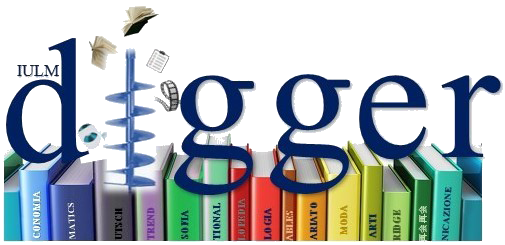This paper analyzes the global geography of open society orientations in the sense of Karl Popper’s notion of open society, by means of a database consisting of five common, public and widely used indicators such as UNDP’s Human Development Index, the World Economic Forum’s Global Competitiveness Index, the Heritage Foundation’s Economic Freedom Index, Reporters Sans Frontie`res’ Press Freedom Index, and Trans- parency International’s Corruption Perception Index. We carry out a cluster analysis based on the Self-Organizing Map (SOM) technique, and find that the geography of open society orientation organizes globally into four main clusters with distinctive socio-economic characteristics. We discuss the implications of the clusterization and find that it provides interesting insight also as to the post-2008 response of countries to the global financial crisis.
Multidimensional similarities at a global scale: an approach to mapping open society orientations, 2016.
Multidimensional similarities at a global scale: an approach to mapping open society orientations
Sacco, Pier Luigi;Ferilli, Guido
2016-01-01
Abstract
This paper analyzes the global geography of open society orientations in the sense of Karl Popper’s notion of open society, by means of a database consisting of five common, public and widely used indicators such as UNDP’s Human Development Index, the World Economic Forum’s Global Competitiveness Index, the Heritage Foundation’s Economic Freedom Index, Reporters Sans Frontie`res’ Press Freedom Index, and Trans- parency International’s Corruption Perception Index. We carry out a cluster analysis based on the Self-Organizing Map (SOM) technique, and find that the geography of open society orientation organizes globally into four main clusters with distinctive socio-economic characteristics. We discuss the implications of the clusterization and find that it provides interesting insight also as to the post-2008 response of countries to the global financial crisis.| File | Dimensione | Formato | |
|---|---|---|---|
|
SIR_2016.pdf
Accessibile solo dagli utenti con account Apeiron
Descrizione: Versione finale pubblicata
Tipologia:
Documento in Post-print
Dimensione
2.9 MB
Formato
Adobe PDF
|
2.9 MB | Adobe PDF | Visualizza/Apri Richiedi una copia |
I documenti in IRIS sono protetti da copyright e tutti i diritti sono riservati, salvo diversa indicazione.



